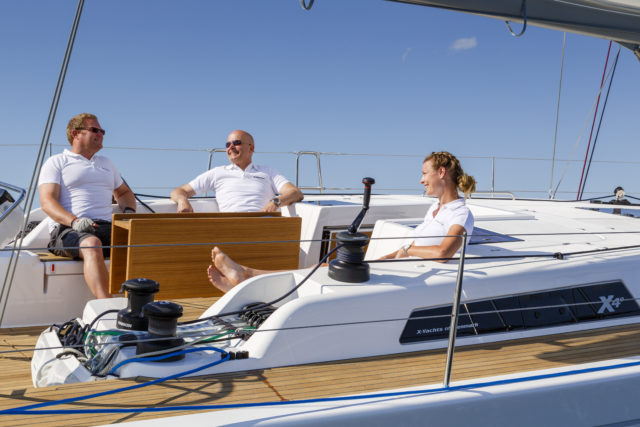Join our monthly email mailing list to get all the latest information and news from X-Yachts directly in your inbox.
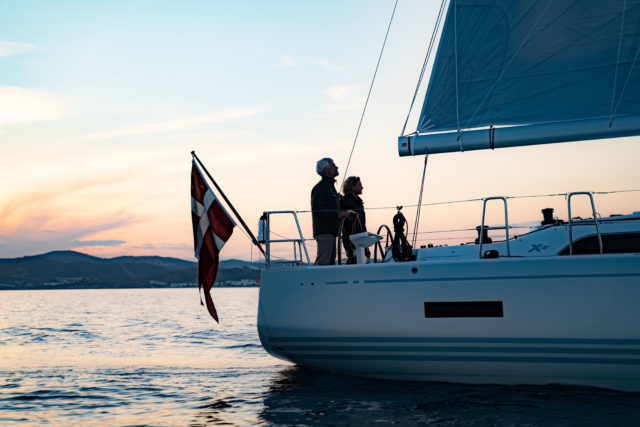
SAFETY AT SEA
How to enjoy the full benefit of your X-Yacht...

How to enjoy the full benefit of your X-Yacht...
When out on the water, the boat is what provides your basic safety. An X-Yacht has a lot of inherent safety features, some of which you will not even notice. They’re just there. We do not build the cheapest boats on the market, and a lot of the extra value is hidden in upgraded materials and advanced building techniques.One of the consequences is something we might call stiffness.
An X-Yacht is a precisely engineered structure, where forces from wind and water are absorbed by ocean proof, solidly dimensioned parts all the way from the bottom of the keel to the top of the mast. This ensures that the boat stays in one piece, no matter what the ocean throws at it. But it also ensures that even minor tuning or trimming adjustments of sails or rig are precisely translated to the change you aim for. No more, no less. Being able to adapt easily to changing conditions obviously makes the boat perform well. But it also makes the boat a safer and more enjoyable place to be. In a sailing boat, performance, pleasure and safety are all connected features.Here’s a tip for you as the new season begins – something you can do to make sure you will enjoy the full benefit of the values built into your boat: Make sure the rig tension is set correctly. See the example of good and bad rig tension below. Every X-Yacht is delivered with rod rigging and easily adjustable turnbuckles.
Tuning the rig is not hard to do, but it needs to be done right. The most common mistake is not using enough shroud tension. A quick test is this: Sail upwind in wind conditions strong enough to heel the boat 18-20 degrees. You will need a minimum of about 10-12 knots of true wind speed to do this.When the rig is fully loaded, get out on the deck and grab the leeward shroud (both upper and lower) with your hand. Shrouds should be just loose enough to move slightly around, but almost tight. If this is not the case, adjust turnbuckles on both tacks, while making sure you do the exact same on both sides.
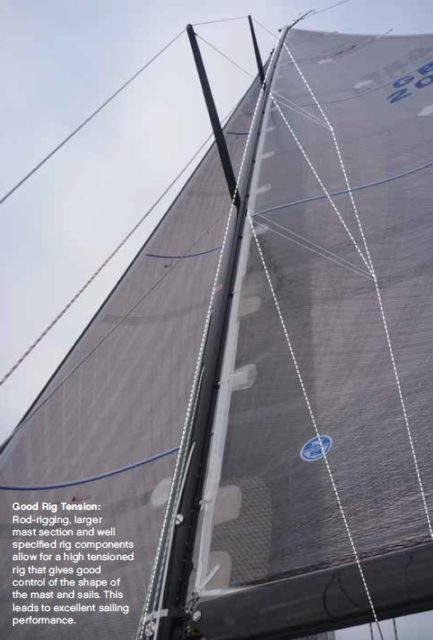
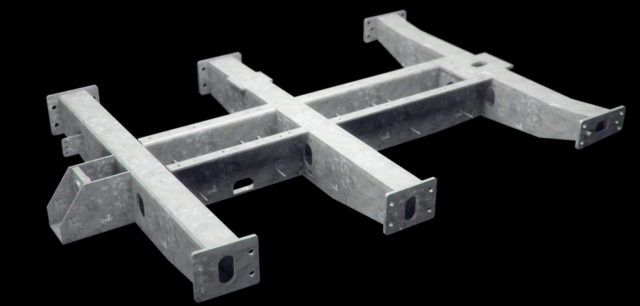
How can a steel frame provide performance, comfort and safety?
The galvanized steel frame has been a core principle in the construction of an X-Yacht since 1981. In some Xp models, the steel frame has been replaced by a carbon fiber version, to save weight – but the function remains the same: To provide a safe and strong attachment between the keel and the hull. We are designing boats with higher stability than most competitors on the market, and the steel frame makes it possible to use heavier keels in our production.
In a sailing boat, high stability is not only necessary for safety reasons. It’s also a requirement for high speed. A high stability boat is also less influenced by gusts and shifting wind conditions, which is a fundamental aspect of being comfortable at sea.The keel is bolted directly to the steel frame, and any force working on the keel – even sudden shocks from grounding or hitting debris in the water – will be absorbed and distributed evenly throughout the structure.
The steel frame is also designed for single point lifting, which makes things easier when taking up or launching the boat. So again, performance, safety and comfort are intertwined: High stability translates to efficient sailing, but it also gives you a safer boat, that provides a comfortable, stable platform that you can trust. And at the center of all this is our specially designed steel frame.
The three wonders of stability...Stability may sound like a very simple thing: The ability to not tip over so easily. In a sailing boat, this is obviously a good thing, but for more reasons than you might think. When sailing with the wind from the back, the sails will only push the boat forwards. But in any other wind direction, the wind will also try to push the boat sideways, and heel it over to a point where balance is restored. And where is that point, you may ask. Well, that depends on the boat’s stability.
Stability in a boat comes mainly from two factors: Hull shape and center of gravity. The more stability, the more sail can be carried, so stability also equals speed potential. A sailing boat with poor stability is not only uncomfortable and potentially dangerous – it’s also slow.X-Yachts has always prioritized high stability through providing a low center of gravity. The keel is heavy, the weight distribution in the boat is centered way down, near the water line. The result is high performance, especially upwind, when side forces are high – but also a smoother and more comfortable ride. The boat simply stands more solid on it’s feet than most other boats. This obviously provides a high safety factor. So peace of mind, stable and fast sailing are all connected to the high priority we give to stability.
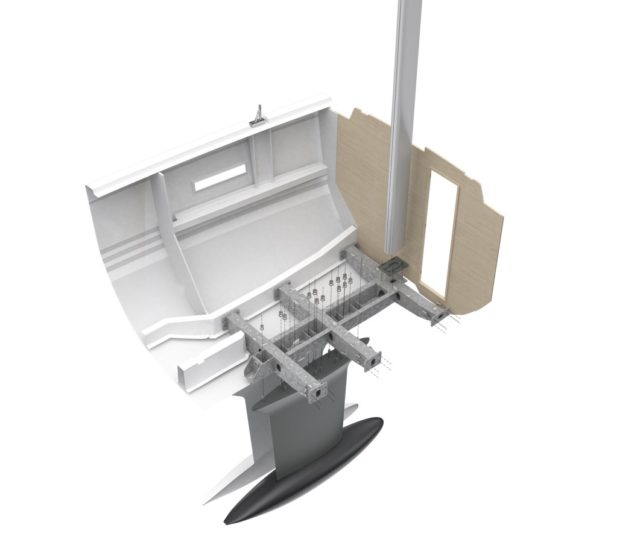
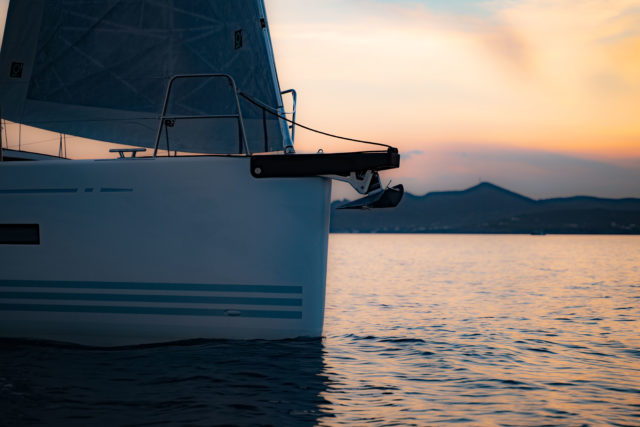
What gives you a sense of security when sailing?
Actually, a lot of things contributes to how you feel when sailing. The way the skipper conducts his responsibility is one of them. The weather conditions is another. But a lot of it is actually connected to the boat itself. Is it well kept and maintained? Does it appear to be checked properly for wear, tear and possible malfunction?
And last, but definitely not least: What kind of boat is it in the first place? Build quality and good design comes down to very practical, tangible things like correct dimensions, good quality materials, solid installation and professional mounting of the various parts.
Any sailboat above let’s say 30 feet is an extremely complex structure, operating in an environment that at times can be very challenging. And it’s supposed to be able to do so over a very long period of time.
An X-Yacht is built to do exactly that. We gladly spend the time and effort necessary to make sure you feel safe and comfortable while sailing. So we spend extra work hours to make sure there will be no alarming sounds of interior creaking and things moving around, when the boat is loaded up in bumpy conditions.
We take care in the design process, to make sure the hull will keep moving in waves with harmony and balance, even in rough conditions. For more than 40 years we have made sure our customers could feel safe and comfortable at sea. We know how to do it. To feel safe at sea, you should expect the skipper to know what he or she is doing. You should also expect the boat to be kept in order. But no matter what, the fact is that some boats just invoke a sense of being secure, a feeling of being taken care of, right from the moment you step on board. Now you know why.
What are the most important safety measures when sailing? What should be your top safety priorities as a sailor? Here’s a list.
1: Stay on the boatOr, in other words: Do not fall over board.
This is really the single most important thing, when it comes to safety at sea. And it’s an individual responsibility. As long as you stay in cockpit, there’s usually no risk at all, but as soon as you start moving out on deck – or even work with sails to leeward from cockpit in rough conditions – be prepared for sudden movements, that can alter your balance and make you fall. Staying low is a good thing, and use a life line when on deck. Life vest will better your chances if you fall in. But to really be safe, stay on the boat! An X-yacht is fitted out with solid stanchions and life lines, fittings for jack lines and a cockpit design with protective coamings and ergonomics, that enhance safe crew movements. And of course, a ladder to help rescuing, if a man over board situation should occur.
2: Adjust sail area to weather conditions.
An overpowered sailing boat is not a nice place to be. Movements become violent, anyone can sense that things are close to getting out of control. If you’re already at that point, it’s much harder to rectify the problem, than if you had taken care of it earlier. So keep an eye on weather conditions (especially dark clouds), use several sources for weather forecast, and know that sailing means continually being ready to adjust sail area. An X-yacht is fitted out with the best furling and reefing technology on the market. Control lines are led to cockpit for safe operation.
3: Navigate with care and attention.
Groundings and collisions can be very dangerous – even fatal. At the very least, serious damage can happen to the boat. But with today’s tools, safe navigation is actually very easy. Attention to charts and position, combined with a proper lookout (360 degrees) with short intervals should keep you safe and make sure you can adjust heading in good time, when necessary. To be safe, make sure that this responsibility is clear and taken care of. An X-yacht is fitted out with carefully positioned, top of the line electronics, to make navigation easy and reliable.
